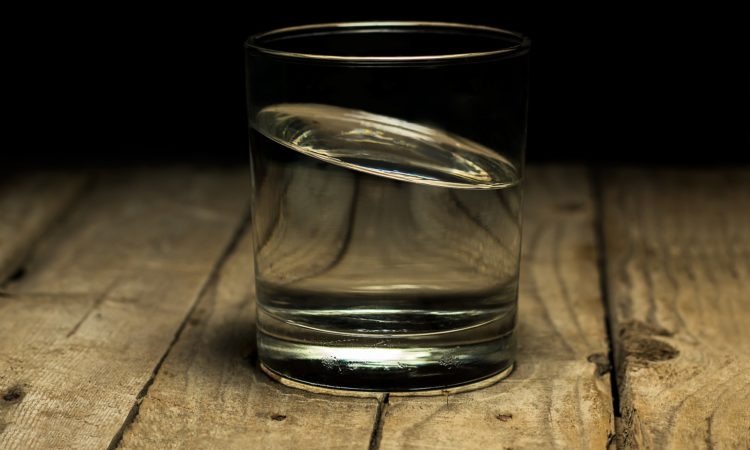Title: Ionic Fluorogels for Remediation of Per- and Polyfluorinated Alkyl Substances from Water
Authors: Elango Kumarasamy, Irene M. Manning, Leonard B. Collins, Orlando Coronell, and Frank A. Leibfarth
Journal: ACS Central Science
Year: 2020
Article: https://pubs.acs.org/doi/10.1021/acscentsci.9b01224
Cover image from Pixabay taken by 95839
You may have heard the recent buzz around PFAS with the release of the movie “Dark Waters” in 2019. PFAS are per- and poly-fluorinated alkyl substances (Figure 1) that contaminate bodies of water, including drinking water around the world. They are extremely persistent, meaning they do not break down in nature or our bodies, and they have negative impacts on human health. They have been used in Teflon, water and stain repellent coatings in consumer products, and fire retardants. It is quite likely that you have some PFAS in your home: in your carpet, rain jacket, or cooking pans. This is a problem because their health impacts can be quite high. For instance, PFAS have been known to disrupt hormone secretion and even lead to birth defects.

Due to these scary implications of PFAS in our drinking water, many communities are trying to reduce the contaminants in their water sources. However, this has proven to be more challenging because these compounds are very nonreactive, and current techniques such as adding activated carbon work on a variety of contaminants. As a result, these techniques are inundated by other compounds in the water and are not effective at removing enough PFAS to create clean drinking water.
To solve this issue, researchers identified new materials capable of removing PFAS from water. These materials can absorb fluorinated molecules and rely on ion exchange to sequester charged PFAS molecules. The researchers created perfluoropolyethers (PFPEs) to be the matrix material for a fluorogel, which could serve as a molecular filter to trap PFAS in drinking water.
Researchers ran tests to see how their new material performed in comparison with those currently in use across the country. A variety of tests determined that they performed extremely well! One concern with other materials is that the PFAS can desorb when the materials become saturated, but this was not seen with the new fluorogel. It was also better at absorbing PFAS molecules with shorter carbon backbones. The percent removal of many different PFAS molecules from a water sample from Wilminton, NC showed that the fluorogel removed more than 90% of 8 out of 10 classes of PFAS.
This technology is incredibly exciting for the remediation of contaminated drinking water. PFAS are highly persistent and harmful to humans and animals. They can be found in water bodies all over the world due to human contamination, and the new technology presented here could help purify our drinking water sources.

